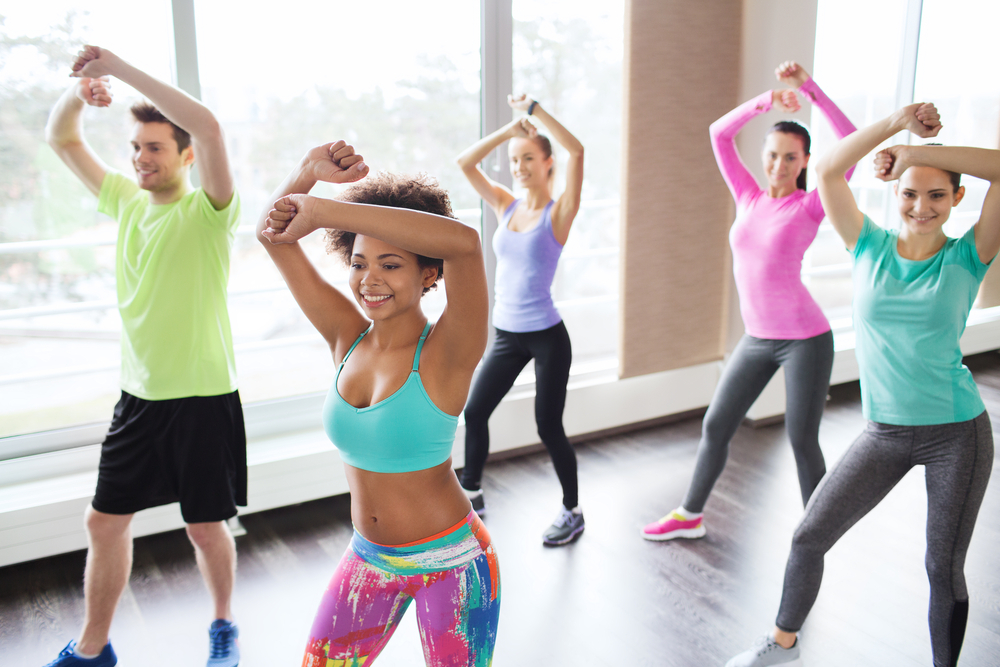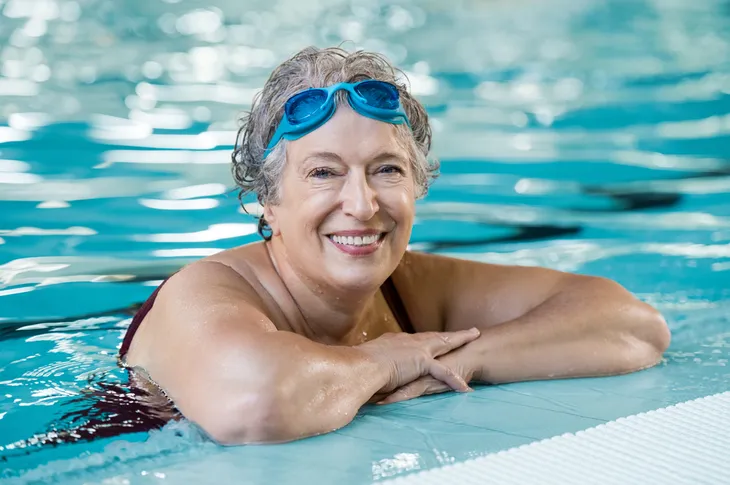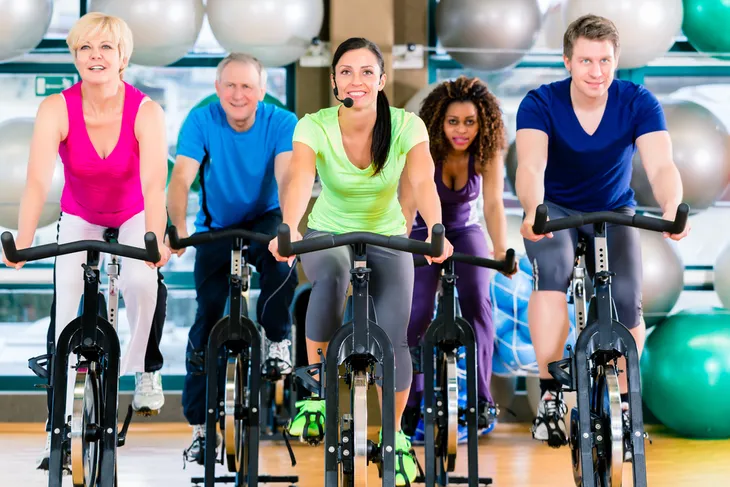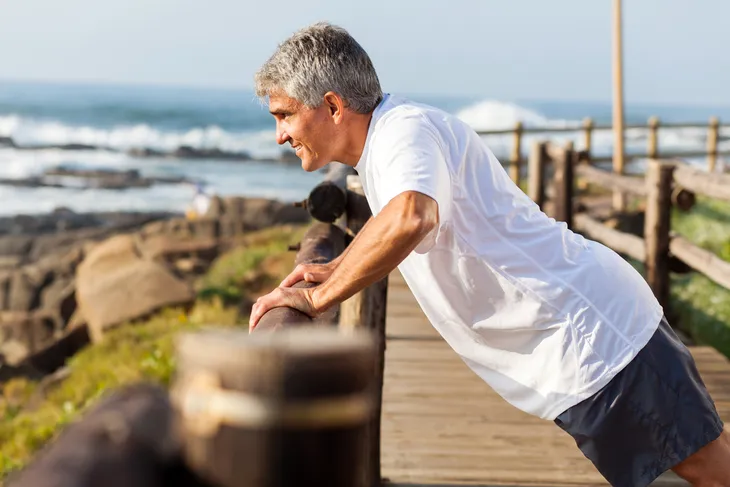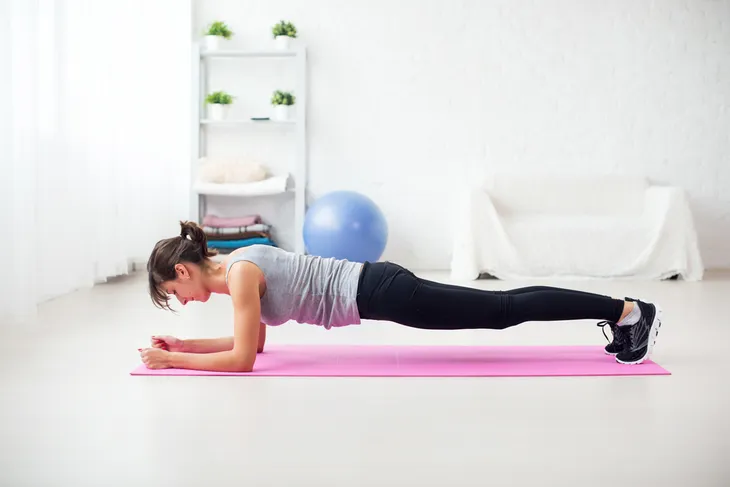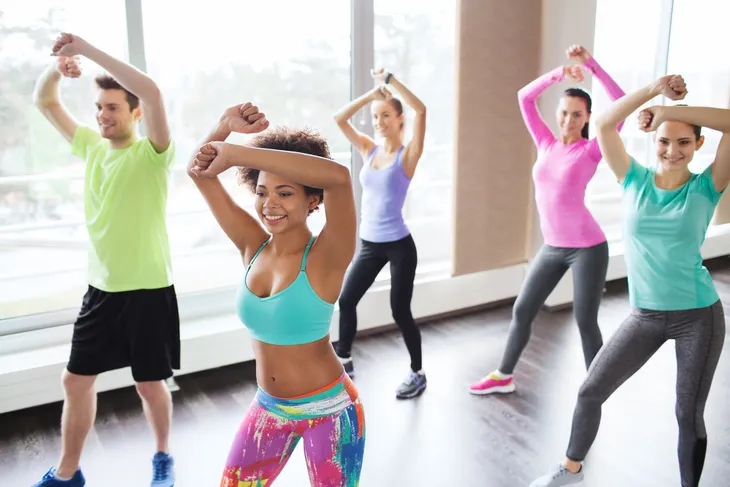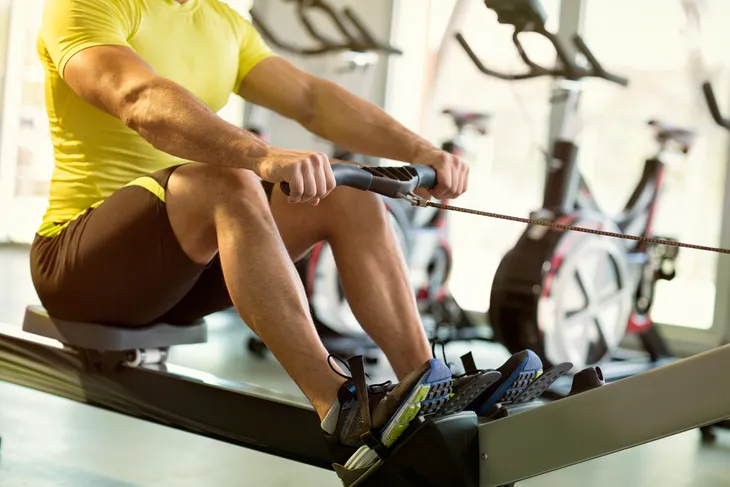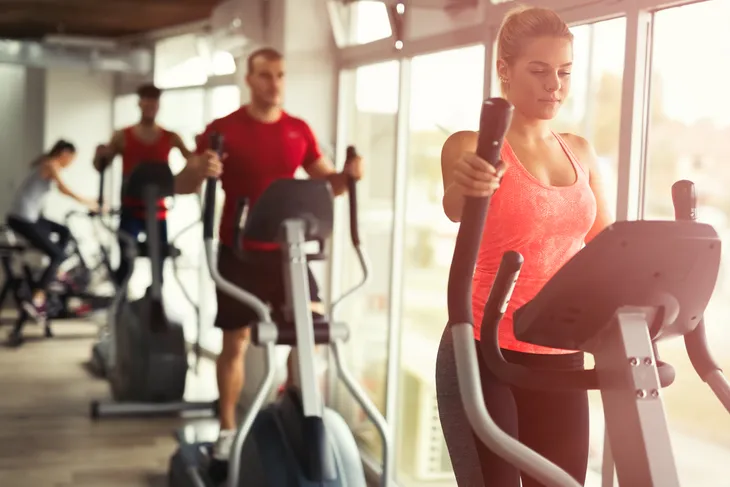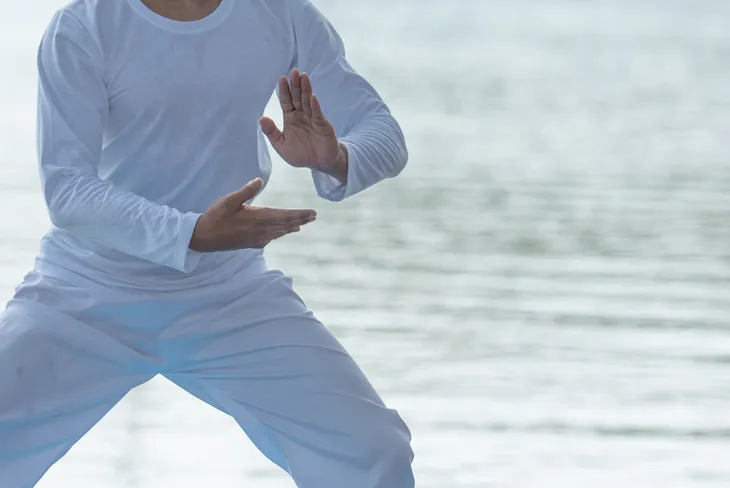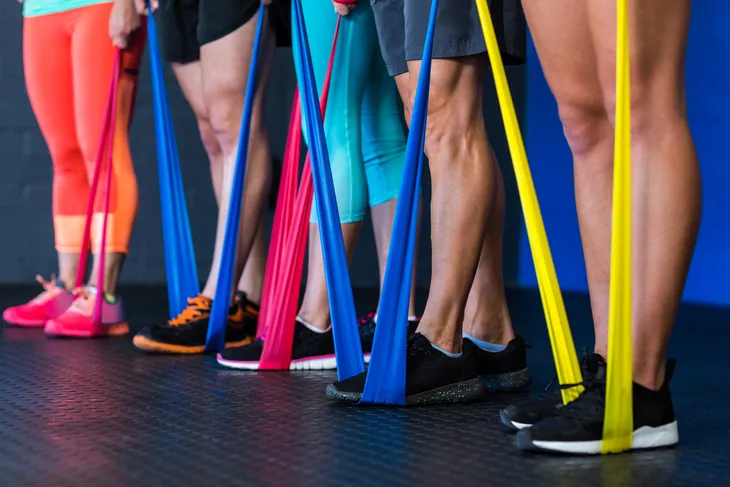One of the biggest constraints against working out is painful joints. Lots of people, particularly older adults, suffer from either bad knees, hips, or ankle joints that scream in pain whenever trying to exercise. While exercise isn’t always fun, it should never be painful. Luckily there are plenty of low impact exercises that are joint-friendly!
Maintaining an active and healthy lifestyle is super important, particularly as we age! So just because you suffer from joint pain or even arthritis, it doesn’t mean you should skip out on exercising. There are lots of options out there that will help strengthen joints and build muscle to further protect weak knees, hips, ankles, and other joint issues, without causing damage to these joints. Plus, a lot of these exercises are still great forms of cardio! You don’t have to sacrifice cardio for low-impact exercises.
Here’s a look at 12 low-impact, joint-friendly exercises…
Swimming
Swimming laps is a great, low impact exercise that also burns calories. It’s a particularly good exercise for people with painful joints or those who are carrying excess weight. We seemingly become weightless in the water as the buoyancy takes over and removes any stress involved with supporting the body.
“Buoyancy in the water reduces stress on your body by helping to support your weight, but that doesn’t mean it’s a thoughtless workout — swimming incorporates cardio, strength, and flexibility in one workout,” writes Healthline. In addition to that, there are lots of great exercises that can be done in the water like a basic freestyle stroke which engages the shoulders, triceps, pecs and quads. You could also try joining a water-aerobics class!
Those who suffer from arthritis will notice that warm water is best for their joints, so look into visiting a pool that is heated. If you’re doing a class, ask the instructor to give any recommendations on how to adapt certain movements for your condition, says Everyday Health.
Yoga
Yoga is becoming more and more popular in Western counties. There are many different kinds of yoga, but for the most part this form of exercise is basically just moving through a series of poses that build strength and increase flexibility, while also practicing guided breathing.
Don’t be intimidated by yoga, there are many different levels. Plus, every class has an instructor who can help lead you through a series of low impact, low cardio yoga asanas (or poses) that challenge the body to become more flexible while promoting strong muscles and joints.
Cycling
Most people seeking a safe form of exercise while dealing with joint issues can benefit greatly from cycling. This form of exercise is great because it can be done either inside or outdoors. Again, it’s a non-weight bearing exercise that is also low impact. You can easily work up a sweat without putting any real pressure on some of your joints.
If you’re nervous about cycling outside on the roads, use an indoor bike. Don’t be intimidated by spinning classes at the gym! While these classes are often fast-paced and intense, you’re in charge of your bike which means you get to choose the level you want.
Push-Ups
While you may think of push ups as a exercise that benefits the chest—this multi-targeted move also strengthens the triceps, biceps, abdominals, and lower back. Plus, if regular push-ups are too tough start with push-ups on your knees. Likewise, if regular push-ups are too easy, challenge yourself by adding the resistance of a weight vest, elevating your feet on a bench, or alternating one-armed push-ups.
Walking
If your knees aren’t strong enough to handle running, you can still get many benefits from walking or hiking—without risking further damage to your joints. Inexperienced exercisers can start with a 15-minute walk around the block and gradually progress to a swift 30 to 45-minute calorie burning power walk. Another great aspect of walking as a form of exercise — you can take it anywhere! You can do it solo, with a friend, or even join a walking group.
The key with walking is to keep a steady pace that isn’t running, but also isn’t so slow that you’re not really burning any calories. Everyday Health says, “aim for a pace that leaves you slightly short of breath, but not so much that you can’t carry on a conversation normally.” In addition to improving muscular endurance, walking will boost heart and lung health, and encourage weight loss.
Planks
Like push-ups, planks are considered a multi-purpose, multi-functional exercise. Targeting the core, shoulders, chest, biceps, and back, you can switch up and challenge your muscles with this low impact move by side planking, and planking with alternate legs and arms raised.
Zumba
Not only is this sizzling, Latin-inspired cardio dance class a load of fun, it’s a great way to burn a lot of calories in a safe, low impact environment. Some Zumba classes feature jumping, however, if you have painful joints, speak with your instructor ahead of class and he or she will be happy to provide low impact alternatives. (Check out some of the Incredible Health Benefits of Dancing).
Rowing Machine
One of the most ignored pieces of gym equipment is actually one of the best full-body workouts. You might not have ever used the rowing machine before because it seemed a little intimidating, but it’s actually super simple. You might want to check with a trainer on the proper technique first, but once you know how to do it, it’s a great tool for building total body strength while also getting in a cardio workout. The rowing machine is a non-weight bearing exercise that focuses on strengthening upper body muscles (chest, shoulders, biceps, and triceps), as well as the lower body (quads, calves, inner and outer thighs).
To ensure you’re using the proper form, we’ll walk you through it. Sit on the machine with your knees bent and strap your feet into the platform. Grab the handlebar. “Position your shins vertically with your upper body slightly bent forward and your arms straight,” writes Healthline. You’ll then push off through your heels. “Bring your upper body just past perpendicular to the ground and pull your arms back into a row. Your legs should be completely extended.” Once you’ve completed the first row, you’ll bend your upper body forward toward the platform, and when your hands have passed your knees, you begin to bend your legs and return to where you started in order to row again.
Elliptical Trainer
The elliptical trainer can burn up to 300 calories in a 45-minute, no-impact workout. Why? Because elliptical machines are structured to keep your feet still and steady while you pump your arms and legs. The result is a safe, low impact upper and lower muscle building and calorie-burning workout.
Tai Chi
Tai chi is a very unique form of exercise that is slowly growing in popularity, but in actuality it’s been around since ancient times. Since it’s slow and low-impact, it’s good for those who need to relieve any stress or pressure off their joints, like those with arthritis. “This slow and graceful series of movements puts your joints through their full range of motion without any strain or heavy impact,” writes Everyday Health.
The source also goes on to explain that studies have shown the fluid motions of tai chi can actually help people with arthritis improve their mobility, breathing, balance and relaxation. If this is something you’re interested in trying, there are lots of local classes available. Just check your community programs, colleges, or fitness centers.
Isometric Exercises
Isometric exercises are those that involve building strength, but in a way that relieves any stress or pressure on the joints. How is that possible? This is accomplished by increasing muscle tension without actually moving the joints, explains Everyday Health. “Creating pressure by pushing your palms against each other is one example of an isometric exercise.”
The best way to practice isometric exercises is to consult with a medical professional or physical therapist and they will develop a workout routine with isometric exercises that are catered to your specific needs and abilities.
Isotonic Exercises
Unlike isometric exercises, isotonic does require you to use movement of the joints. These exercises will help build strength and muscle, but they’ll do so in a low-impact manner with as little resistance as possible. For example, Everyday Health explains that one exercise might be to lift and lower the leg from the knee while sitting in a chair. This gentle exercise is meant to create resistance with your own body weight. This is a great form of exercise for anyone who suffers from arthritis.
As always, the source advises working with a physical therapist to make sure that you’re doing exercises that are right for you and your particular situation.
